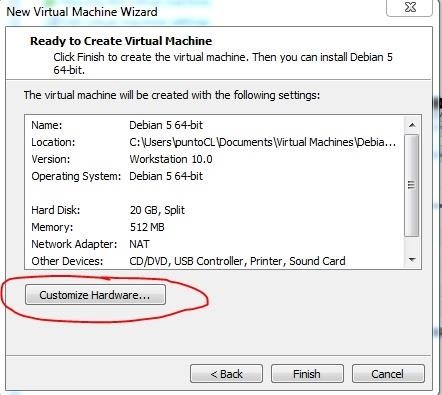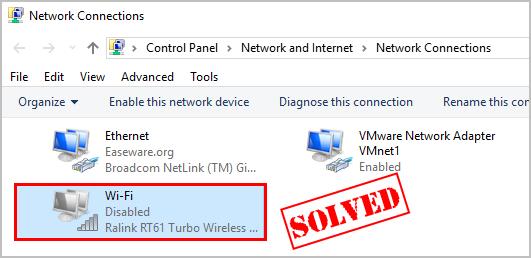When you switch between the network cards in VMware virtualization software, the network connection with the Auto-Bridging option is automatically configured. First, open the VM Workstation and click Network Adapter to configure the Windows 10 VM as bridged. This technical note explains how you can use AnywhereUSB to send USB data over an Ethernet or wireless IP network to a virtual machine running on VMware ESX Server, so you can support nearly any USB device through the virtual machine’s standard Ethernet interface. VMware vRealize Network Insight helps you build an optimized, highly-available, and secure network infrastructure across your Virtual Cloud Network, hybrid, and multi-cloud environments including NSX, VMware SD-WAN by Velocloud, vSphere, VMware Cloud on AWS, and Kubernetes deployments.
If the product you are interested in is not listed in the tool, send us a message by submitting a feedback or write to ports_admin@vmware.com.
When you configure a virtual machine, you can add network adapters (NICs) and specify the adapter type.

Network Adapter Types
The type of network adapters that are available depend on the following factors:
- The virtual machine compatibility, which depends on the host that created or most recently updated it.
- Whether the virtual machine compatibility has been updated to the latest version for the current host.
- The guest operating system.
Supported NICs currently differ between an on-premises environment and VMware Cloud on AWS. The following NIC types are supported in an on-premises deployment:

A paravirtualized NIC that supports remote direct memory access (RDMA) between virtual machines through the OFED verbs API. All virtual machines must have a PVRDMA device and should be connected to a distributed switch. PVRDMA supports VMware vSphere vMotion and snapshot technology. It is available in virtual machines with hardware version 13 and guest operating system Linux kernel 4.6 and later.
For information about assigning an PVRDMA network adapter to a virtual machine, see the vSphere Networking documentation.
Vmware Driver Download
SR-IOV passthrough is available in ESXi 6.0 and later for guest operating systems Red Hat Enterprise Linux 6 and later, and Windows Server 2008 R2 with SP2. An operating system release might contain a default VF driver for certain NICs, while for others you must download and install it from a location provided by the vendor of the NIC or of the host.
For information about assigning an SR-IOV passthrough network adapter to a virtual machine, see the vSphere Networking documentation.
For network adapter compatibility considerations, see the VMware Compatibility Guide at http://www.vmware.com/resources/compatibility.

Legacy Network Adapters and ESXi Virtual Hardware Versions
Vmware Network & Wireless Cards Drivers
The default network adapter types for all legacy virtual machines depend on the adapters available and compatible to the guest operating system and the version of virtual hardware on which the virtual machine was created.
Vmware Network Setup
If you do not upgrade a virtual machine to use a virtual hardware version, your adapter settings remain unchanged. If you upgrade your virtual machine to take advantage of newer virtual hardware, your default adapter settings will likely change to be compatible with the guest operating system and upgraded host hardware.
To verify the network adapters that are available to your supported guest operating system for a particular version of vSphere ESXi, see the VMware Compatibility Guide at http://www.vmware.com/resources/compatibility.
